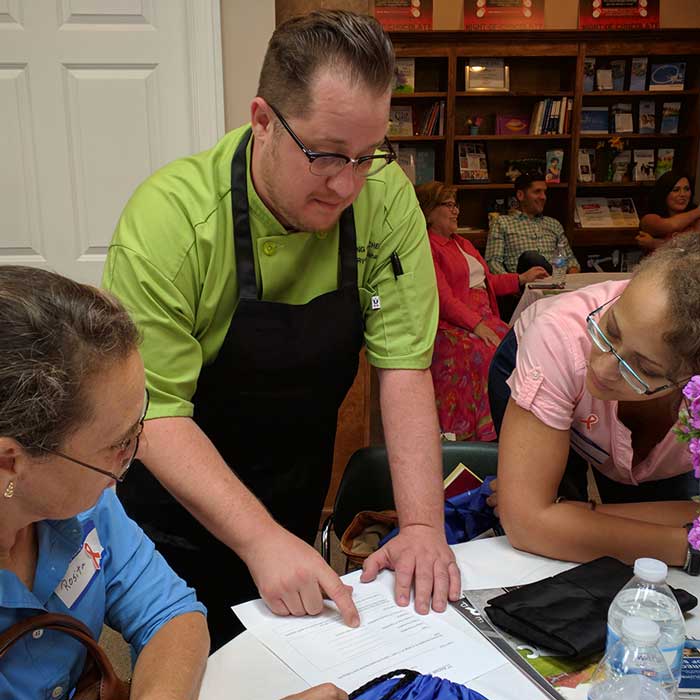Defrost Frozen Food

Defrosting frozen food may not be an area where you feel you need specific instruction, but as you learn about safe food handling you will see that there are proper methods and procedures to every task that you perform. In this article I am going to teach you the basics of how to properly defrost frozen food.
Two sure-fire ways to defrost foods and not get sick:
1. Place frozen item is in the fridge two days before use.
When you place your frozen item in the fridge, ALWAYS put it in a container. As it defrosts, it will start to leak fluid. Putting it a bowl prevents cross contamination. The last thing you want is chicken juice dripping down on your fresh, ready to eat lettuce.
2. Defrost in cold, running water.
To use the running water method, place food item in an airtight bag and place in a bowl. Fill the bowl with cold water. Allow a trickle of cold water to run from the faucet into the bowl continuously. This allows even heat exchange. Also, the fresh water will prevent bacterial build up.
There are 2 reasons I do not recommend this defrost method unless you seal the item in a bag:
1. It is very easy to cross-contaminate your food.
2. The water will wash away the natural flavors of the food.
There is another method I use specifically for ground meat and frozen veggies. I place my frozen ground beef in a covered sauté pan. I make sure to cover the beef in water. Then, I place it on high heat and cook the meat while defrosting it. Your meat won’t be in the danger zone (41–144°F) for long enough to grow any bacteria. It’s also much faster than waiting for it to defrost. This is a perfect defrosting method when you need a cooked ground meat as main ingredient like in tacos or spaghetti bolognese.
Why is this important?
It is important to keep food out of what we call “the danger zone.” Cue music here. The danger zone is the temperatures where wild yeasts, bacteria, and microorganisms thrive and can rapidly reproduce. These microorganisms can cause food poisoning and other food borne related illnesses. The specific temperature is 41°–144°F [5° – 61°C].
The key to keeping foods out of this temperature is by defrosting, refrigerating, freezing, and cooking your foods quickly and correctly. When you come home with your groceries, put the frozen foods directly into the freezer, and the refrigerated foods straight into the refrigerator. Don’t ever leave raw meat out on the counter-top.
As you can see, safety and sanitation while handling food is extremely important. But as long as you follow these basic food safety rules, you should be able to create delicious meals that keep your loved one happy and healthy.
For more information on food safety and sanitation, I urge you to visit the USDA.gov website, or the website of your local health department. They usually both have great resources, print-outs, and training programs to help keep your loved ones safe and healthy.